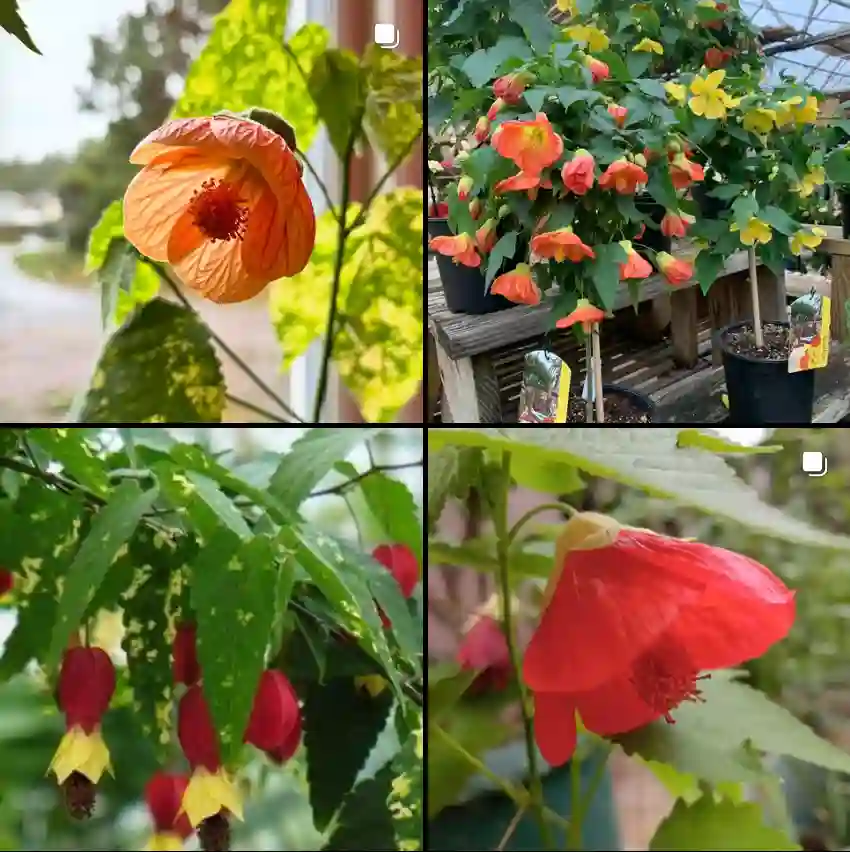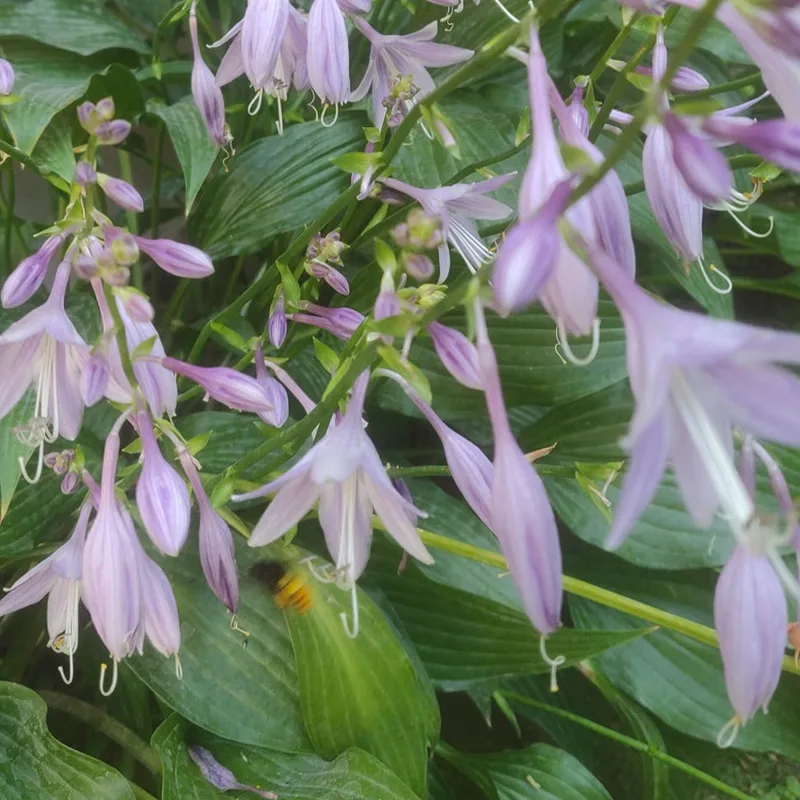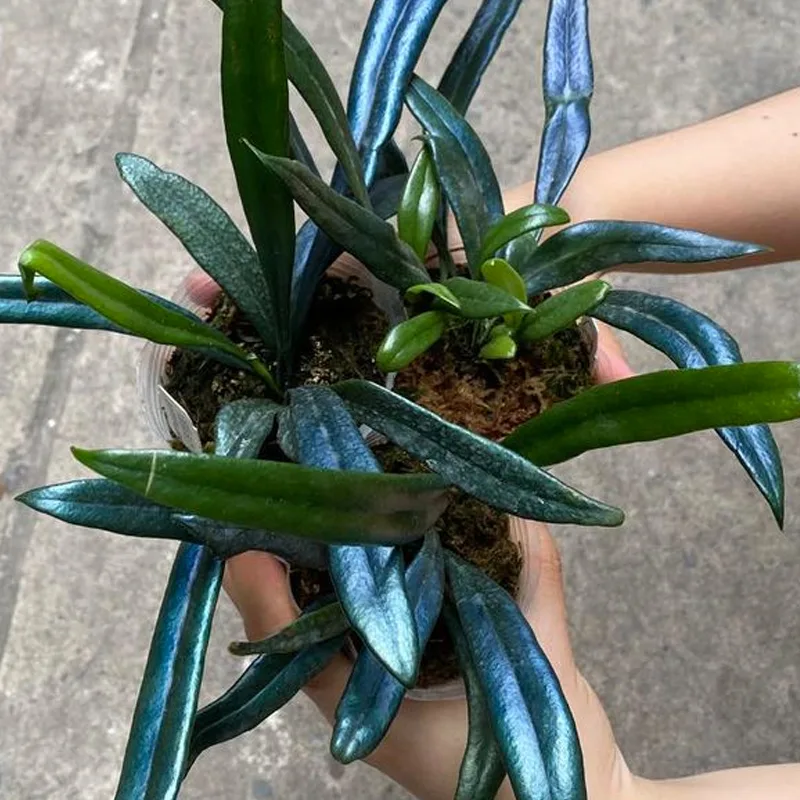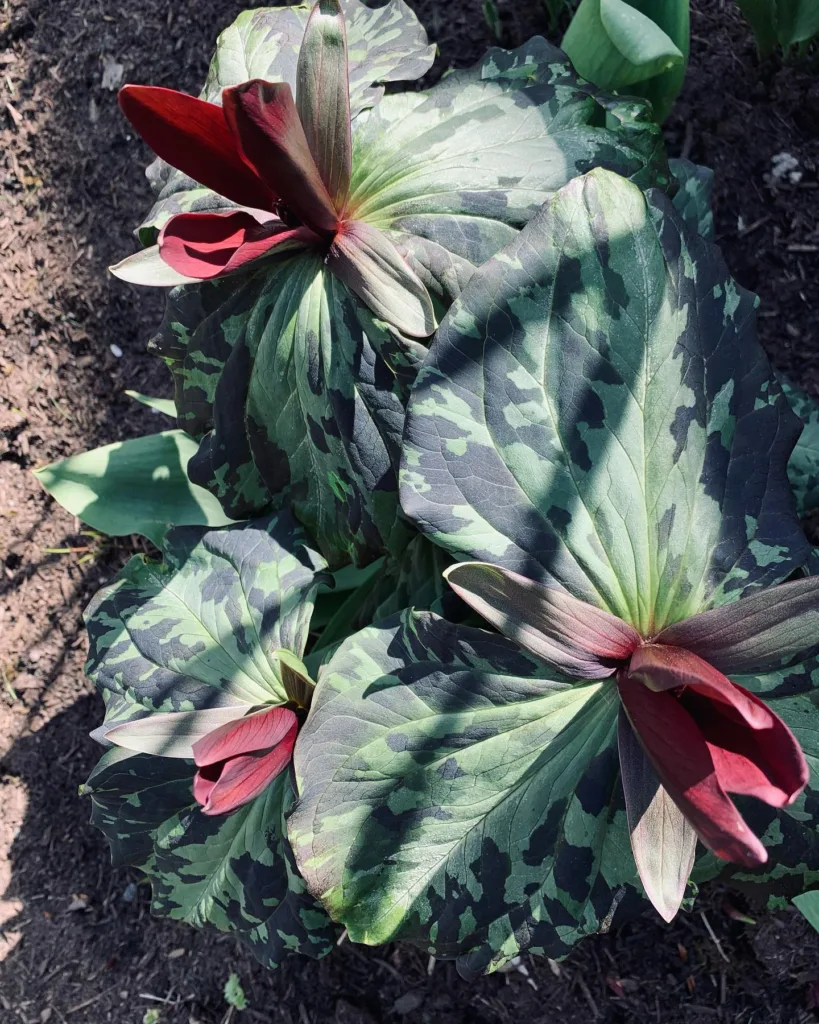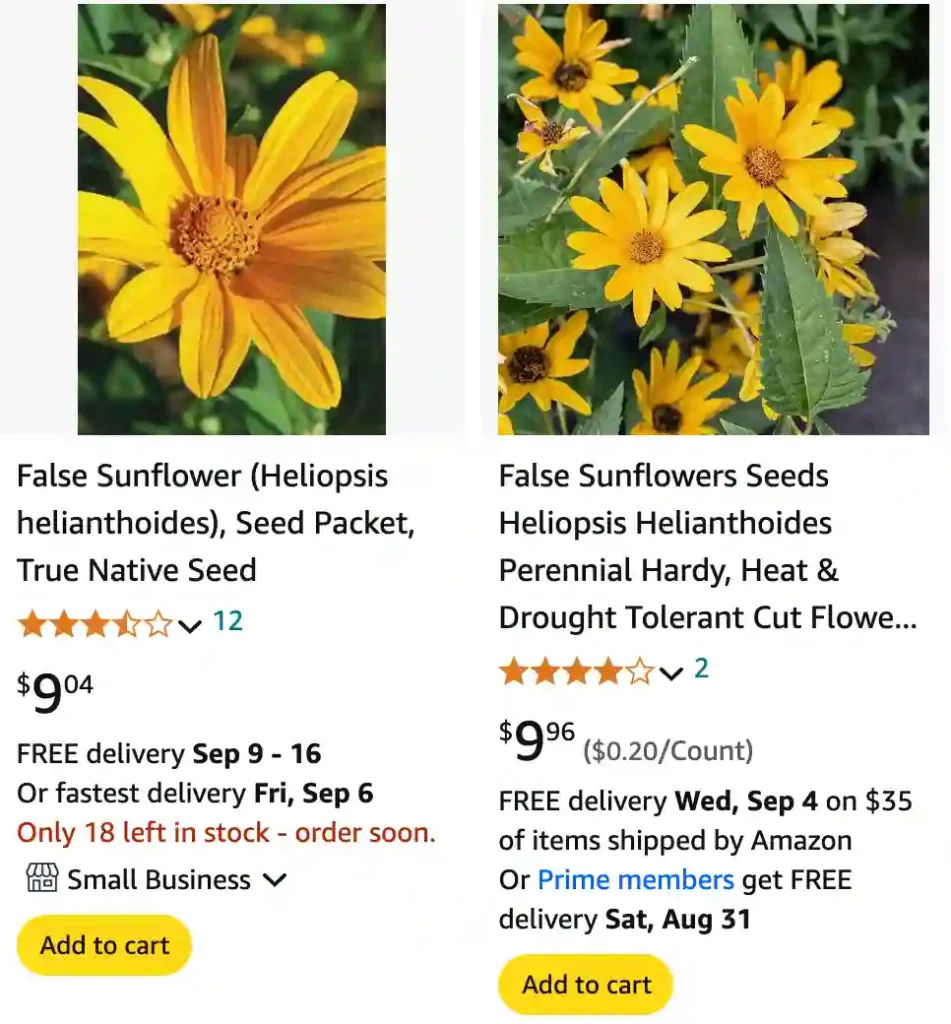
Heliopsis Helianthoides FAQs: Everything You Need to Know
When it comes to garden planning and maintenance, Heliopsis Helianthoides, commonly known as False Sunflower, often comes up as a popular choice. Having grown this vibrant perennial in my own garden, I’ve gathered a lot of insights that can help answer some of the most frequently asked questions about this plant. Whether you’re considering adding Heliopsis Helianthoides to your garden or just curious, here’s what you need to know.
15 Species in Genus Heliopsis
What is Heliopsis Helianthoides?
Heliopsis Helianthoides, or False Sunflower, is a perennial plant native to North America. It’s well-loved for its bright, sunflower-like blooms that appear from mid-summer to fall. The plant typically reaches a height of 2 to 4 feet and produces daisy-like flowers in shades of yellow or orange. The foliage is green and lush, providing a backdrop that enhances its sunny flowers.
How to Care for Heliopsis Helianthoides?
Caring for Heliopsis Helianthoides is relatively straightforward. Here’s a quick guide based on my experience:
- Sunlight: This plant thrives in full sun. Aim for at least 6 hours of direct sunlight per day.
- Soil: Heliopsis prefers well-drained soil. While it can tolerate a range of soil types, it does best in rich, loamy soil.
- Watering: Water regularly, especially during dry spells. However, avoid waterlogging, as this can lead to root rot.
- Fertilizing: Apply a balanced fertilizer in early spring to promote healthy growth and flowering.
- Pruning: Deadhead spent blooms to encourage more flowering. Cut back in late fall or early spring to keep the plant tidy.
Is Heliopsis Helianthoides Deer Resistant?
Yes, Heliopsis Helianthoides is generally considered deer resistant. In my garden, I’ve found that deer typically avoid it, making it a great choice if you’re dealing with frequent visits from these critters. While no plant is completely deer-proof, the strong, somewhat bitter taste of Heliopsis tends to deter them.
How to Propagate Heliopsis Helianthoides?
Propagating Heliopsis Helianthoides can be done through division or seeds:
- Division: In early spring or fall, divide the clumps of Heliopsis to propagate new plants. Gently separate the roots and replant them in a new location.
- Seeds: Start seeds indoors about 6-8 weeks before the last frost. Sow the seeds in a seed-starting mix and keep them moist. Transplant the seedlings outdoors after the danger of frost has passed.
What to Plant With Heliopsis Helianthoides?
Heliopsis Helianthoides pairs well with many other garden plants. Consider these companions:
- Echinacea (Coneflower): Their similar growing conditions and complementary colors make them a great match.
- Rudbeckia (Black-eyed Susan): Both plants share similar light and soil needs and their flowers harmonize beautifully.
- Salvia: Adds a different texture and color contrast to the garden.
Can You Grow Heliopsis Helianthoides Indoors?
Growing Heliopsis Helianthoides indoors is challenging due to its need for ample sunlight and space. It’s best suited for outdoor gardens where it can fully enjoy the sun and space it needs to thrive.
Is Heliopsis Helianthoides Toxic?
No, Heliopsis Helianthoides is not toxic to humans or pets. It’s safe to grow in gardens where children and animals may play.
Benefits of Heliopsis Helianthoides
- Attractive to Pollinators: Its bright flowers attract bees, butterflies, and other beneficial insects.
- Low Maintenance: It’s hardy and resilient, requiring minimal care once established.
- Extended Bloom Time: With its long blooming period, it provides color to the garden for many months.
Common Problems with Heliopsis Helianthoides
Despite its resilience, Heliopsis Helianthoides can face a few issues:
- Powdery Mildew: This fungal disease can affect the foliage, particularly in humid conditions. Ensure good air circulation and avoid overhead watering to minimize risk.
- Stem Rot: This can occur in poorly-drained soils. Ensure proper drainage to prevent rot.
How Does Heliopsis Helianthoides Compare to Other Similar Plants?
Heliopsis Helianthoides is often confused with other yellow-flowering plants like Helianthus annuus (Common Sunflower) and Rudbeckia hirta (Black-eyed Susan). Here’s a quick comparison:
- Helianthus annuus: This is an annual plant with larger blooms and seeds that can be used for oil or food. It’s taller and more likely to need staking.
- Rudbeckia hirta: Often similar in appearance, Rudbeckia has a darker center and is more tolerant of partial shade compared to Heliopsis.
In summary, Heliopsis Helianthoides is a fantastic addition to any garden with its vibrant blooms and easy care. By understanding its needs and benefits, you can enjoy a beautiful and resilient garden display.
If i die, water my plants!
